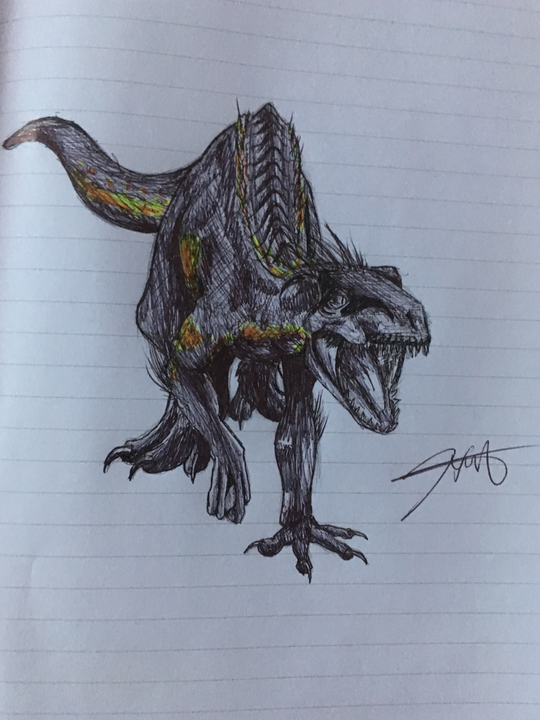Draw an animal that has gone extinct
Draw a detailed picture of an extinct animal, research its appearance and habitat, label features, and explain why it disappeared.


Step-by-step guide to draw an animal that has gone extinct
Age 5-7 Extinct Animals Draw Book Part 1
Step 1
Pick one extinct animal you want to draw and say its name out loud to get excited.
Step 2
Collect at least three clear reference images of your animal from books or the internet.
Step 3
Read one short article or a single book page about the animal to learn about it.
Step 4
Write down three important facts on scrap paper including its habitat the time period it lived and one interesting trait.
Step 5
Lightly sketch the animal’s basic shapes on your paper using simple circles ovals and lines to plan the pose.
Step 6
Add detailed features like the head beak tusks fur feathers or teeth using your reference images to guide you.
Step 7
Draw the habitat around the animal showing plants water ice or other surroundings that match where it lived.
Step 8
Label at least five important physical features by drawing lines from each part and writing the feature name.
Step 9
Color your animal and the habitat using your coloring materials to match the references or your own creative idea.
Step 10
Write a short explanation of 2 to 4 sentences describing why the animal disappeared and include at least one cause such as hunting habitat loss disease or climate change.
Step 11
Add a clear title with the animal’s name and the date to the top of your page.
Step 12
Sign your name in a corner to show you made it.
Step 13
Share your finished drawing and your explanation on DIY.org.
Final steps
You're almost there! Complete all the steps, bring your creation to life, post it, and conquer the challenge!


Help!?
What can we use if we don't have specific materials like colored pencils, markers, or scrap paper?
If you don't have markers or colored pencils, use crayons, watercolors, or torn magazine and construction-paper collage to color the animal and habitat, and substitute scrap paper with printer paper or flattened cereal-box cardboard.
What should we do if we can't find clear reference images or our light sketch looks wrong?
If you can't find at least three clear reference images, use museum, encyclopedia, or reputable wildlife website screenshots, and if your light sketch of basic circles and ovals looks off, simplify shapes, erase gently or trace a printed reference outline before adding detailed features and labels.
How can this activity be adapted for younger or older children?
For younger kids reduce the steps to one clear reference image, one written fact, and three labeled features with a simple sketch and crayons, while older kids should collect three references, write three facts, label at least five features, deepen the 2–4 sentence extinction explanation, and add scientific names or a short bibliography.
How can we extend or personalize the finished drawing and explanation?
To extend the activity add mixed-media habitat elements (glued plants or cotton for ice), draw a small timeline of the animal's time period on the page, include a conservation note in your 2–4 sentence explanation, and photograph your signed and dated work to share on DIY.org.
Watch videos on how to draw an animal that has gone extinct
How to Draw the Extinct Animal Dodo Bird
Facts about extinct species and extinction
📉 Passenger pigeons were once so numerous their flocks darkened skies, but overhunting and habitat loss led to extinction by 1914.
🐦 The dodo lived only on Mauritius and disappeared in the late 1600s after humans and introduced animals arrived.
🪶 The great auk was a flightless seabird hunted for its feathers, meat, and eggs, and it went extinct in the mid-1800s.
🐾 The thylacine, or Tasmanian tiger, was a striped marsupial; the last known one died in captivity in 1936 after hunting and disease reduced populations.
🐘 Woolly mammoths had long curved tusks and thick fur — some were preserved in Siberian permafrost for thousands of years.
How do I do the "Draw an extinct animal" activity step by step?
What materials do I need to draw and research an extinct animal?
What ages is this extinct animal drawing activity suitable for?
What are the benefits, safety tips, and variations for this extinct animal activity?


One subscription, many ways to play and learn.
Only $6.99 after trial. No credit card required



